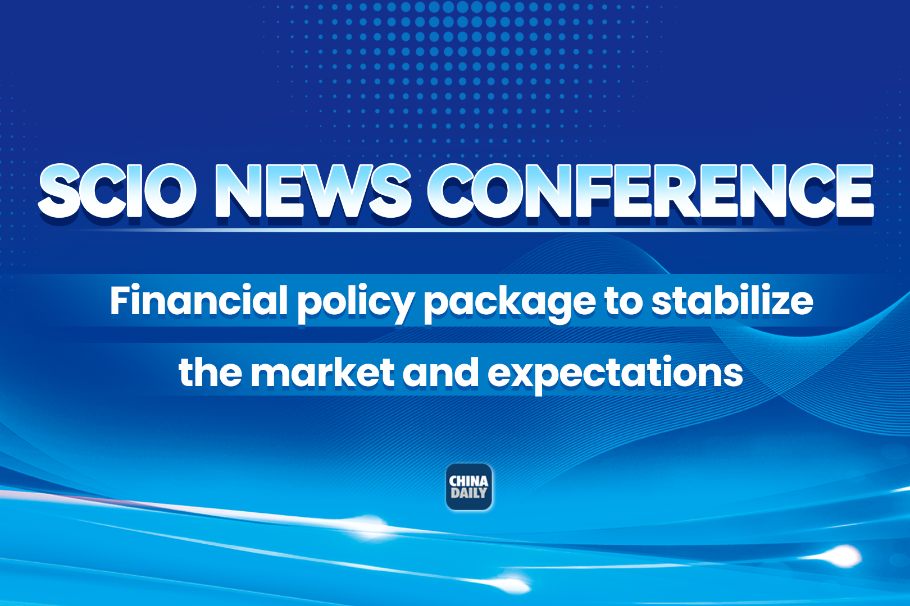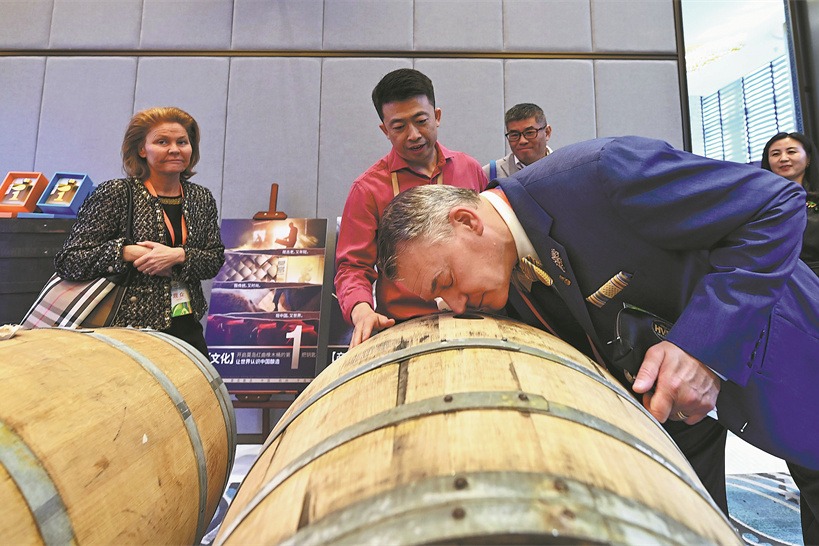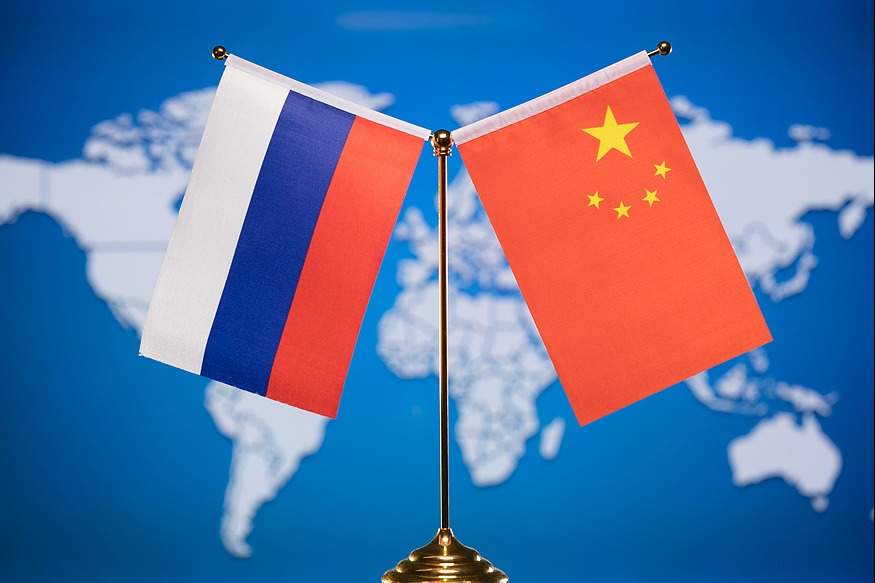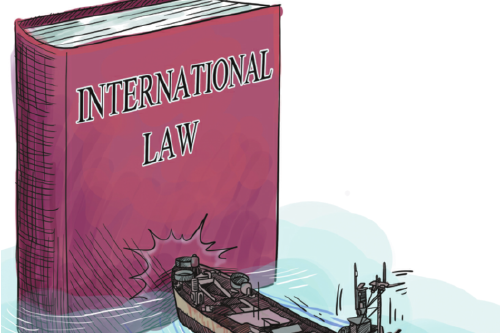High expectations

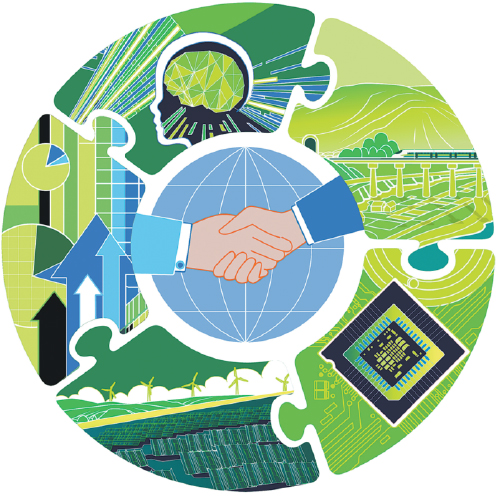
China-CELAC cooperation, based on mutual respect, equality and mutual benefit, is in stark contrast to the zero-sum practices of the US
In the past years, we have witnessed a rapid transition of the current world order. The United States was the founder of the Bretton Woods system since 1944 and created institutions such as the International Monetary Fund, the World Bank, and the General Agreement on Tariffs and Trade (later the World Trade Organization).The basic principles of this world order were reciprocity and the national treatment through the most-favored-nation status between countries, which means not discriminating in trade, investments and other socioeconomic relations among partners.
In the first presidency of Donald Trump, the US began to threaten a group of countries, including China and Mexico, with unilateral trade measures through tariffs. Both countries reached agreements with the US after tense negotiations — China through a phase-one agreement, and Mexico through the US-Mexico-Canada Agreement.
Since the start of Trump's second presidency, massive executive orders has continued to undermine the basic principles of the current world order: new unilateral tariffs for US imports of particular products (steel, aluminum and automobiles), a general import tariff of 10 percent and tariffs of up to 50 percent against specific countries. The US has now imposed tariffs of up to 245 percent on Chinese imports and China has retaliated with a 125 percent tariff on US goods and other measures. But in addition to the global uncertainty — and the possibility of trade negotiations continuing for months — new forms of international cooperation are being strengthened, such as BRICS, and economic and trade cooperation between China, Japan and the Republic of Korea.
China has been particularly active in its South-South cooperation strategy for several decades.Chinese Foreign Minister Wang Yi highlighted in early March the importance of China-LAC cooperation in the contemporary context: a relationship based on mutual respect, equality and mutual benefit. The contrast with the executive orders of the US president since taking office in January could not be greater.
The fourth ministerial meeting of the China-CELAC Forum, under the rotating presidency of Colombia, is due to be held in Beijing in the first half of this year. The forum is the most important China-LAC platform since the inaugural ministerial meeting in 2015 and shows that South-South cooperation can effectively allow for mutual benefit and win-win results. The China-CELAC Forum has been one of the main instruments to understand the extension, depth and maturity of the China-LAC socioeconomic relationship in the 21st century. The first China-Latin American and Caribbean Countries Cooperation Plan (2015-19) and subsequent CELAC-China Joint Plan of Action for Cooperation on Priority Areas(2019-21) and China-CELAC Joint Action Plan for Cooperation in Key Areas (2022-24) proposed many topics for concrete cooperation, including on security, investment, trade, agriculture, food, science and technology, special economic zones, technology transfer, as well as cooperation in education, research institutions, culture and tourism. From a LAC perspective, it provides a long-term cooperation platform with China based on the changing needs and requirements of LAC, which means that LAC as a region and its countries can choose from the vast portfolio China is offering.
This concrete cooperation has been extremely fruitful in the last decade since the existence of the China-CELAC Forum. In terms of trade, for example, according to the World Economic Forum, trade between China and the LAC region grew 26-fold between 2000 and 2020; as a result, China has been LAC's second-largest trading partner since 2019, only after the US. As of 2023, about 250 Chinese infrastructure projects — the most sophisticated cooperation format between LAC and China and requiring Chinese companies and the LAC counterparts to have detailed knowledge of local, regional and national regulations and laws — had generated more than 800,000 jobs. Both, Chinese investments and infrastructure projects, have increasingly diversified to renewable and green energies. In the case of Chinese infrastructure projects, for example, 76 percent of them concentrated in energy during 2005 to 2009, and the figure fell to 27.81 percent during 2020 to 2024; transportation (including highways, ports and airports)accounted for 64.19 percent of Chinese infrastructure projects in 2020-24. And throughout 2005 to 2024, green infrastructure projects represented 52.73 percent of total energy infrastructure projects.Cooperation in health during the COVID-19 pandemic and 52 Confucius Institutes in the region reflect the depth of the China-LAC exchange, which goes far beyond economic relations.
The long-term global cooperation proposal of China for LAC since 2015 through the China-CELAC Forum (and two policy papers on Latin America and the Caribbean in 2008 and 2016), reflects that South-South cooperation is possible in the 21st century. These concrete cooperation proposals have been developed for more than a decade and not only in light of discussions in 2015. For LAC, China has made a socioeconomic difference in the 21st century, particularly in allowing for a concrete long-term cooperation model. Expectations are complex and high for the ministerial meeting of the China-CELAC Forum in the first half of this year.A modernization of goals and its institutional framework after 10 years might be relevant. Cooperation has been increasingly difficult in LAC's relationship with the US over the past years and is even more so since Jan 20, and the China-CELAC Forum is particularly relevant since it has been effective for more than 10 years. Cooperation in this forum is not about blackmail or tariffs, but learning from the experiences of the last decade. This makes a significant difference for LAC.
Diversification options for LAC today and in the future will be critical. There is no discussion about the centrality of the US for LAC today and the medium term, as this is a certainty. Nevertheless, new options such as BRICS and particularly the dynamics with China in the 21st century are crucial for LAC in its search for development and improving the quality of life of its population. As discussed, trade, investments and infrastructure projects with China are making a significant difference in the LAC region today. In the current confrontation between the US and China, the latter has in detail demonstrated itself to be a trustful and long-term partner.
Fortunately, not all global discussions have to concentrate on unilateral measures and tariffs.
The author is a professor at the National Autonomous University of Mexico and coordinator of the university's Center for Chinese-Mexican Studies. The author contributed this article to China Watch, a think tank powered by China Daily. The views do not necessarily reflect those of China Daily.
Contact the editor at [email protected].



















